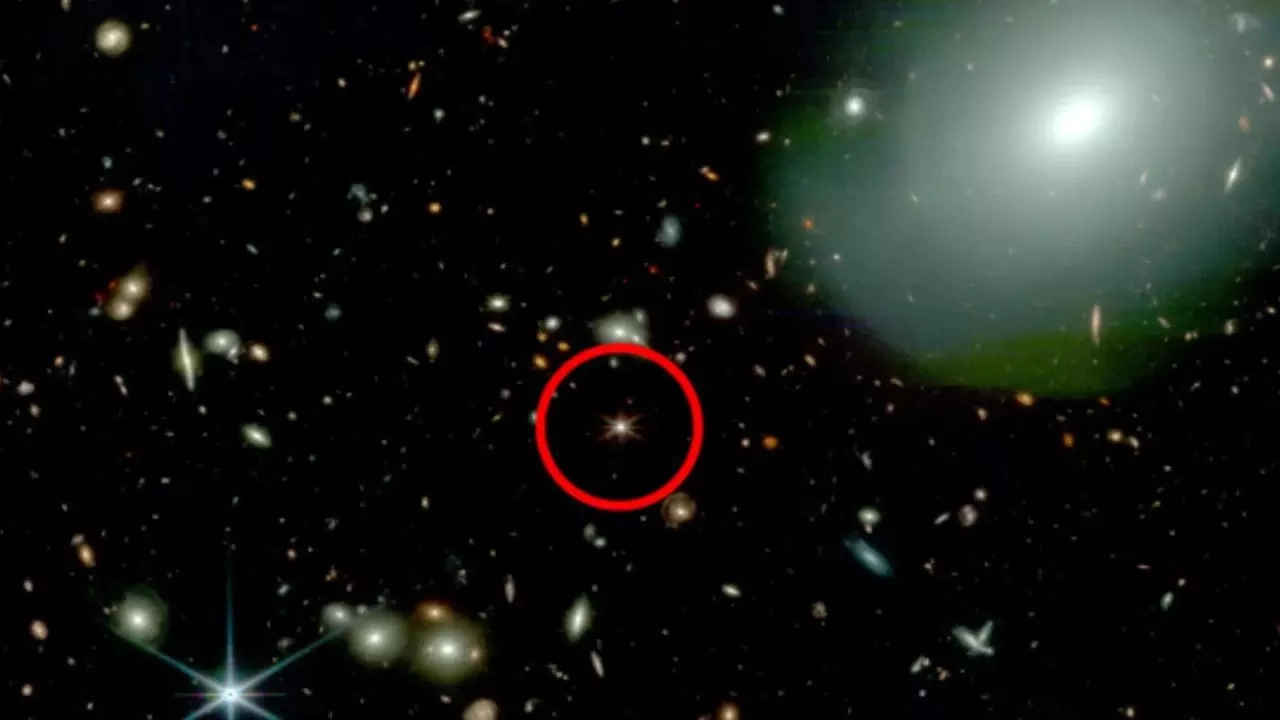James Webb Telescope finds quasars where they shouldn’t exist

Supermassive black holes have generated powers called 'quasars,' which have been found using the James Webb Space Telescope (JWST)
Quasars are the bright objects powered by the supermassive black holes.
These black holes need loads of gas and dust to grow.
Supermassive black holes have generated powers called ‘quasars’, which have been found using the James Webb Space Telescope (JWST). Quasars are the bright objects powered by the supermassive black holes. These black holes need loads of gas and dust to grow. Interestingly, some of these quasars live in unstable surroundings, devoid of the dense, gas-rich environments that are necessary to fuel this kind of rapid growth.
The age of these quasars traces back to the time when the universe was 13 billion years old. With this, a new question arises, how such massive black holes can form in the early stages of the universe’s history?
Also read: Help scientists find new black holes: Here’s how
After choosing five quasars that emerged 600 and 700 million years after the Big Bang, researchers anticipated evidence that these quasars were embedded in very dense environments. While a few of the quasars shared such environments, others appeared to contradict this and stay in relatively empty spaces. This anticipation questions the already familiar theories on black hole growth.
This discovery denies the commonly accepted theories of the formation of galaxies and their central black holes. It suggests that supermassive black holes are not dependent on the denser nodes of the cosmic web for the material.
The JWST’s ability to capture precise light from as far back as 13 billion years has allowed astronomers to map the environments around quasars. They discovered that some of these regions lacked the necessary fuel to sustain black holes, challenging existing theories about how such massive objects could have formed in such a short time.
Also read: NASA’s Hubble discovers rare black hole close to Earth in Omega Centauri
This research has led to multiple questions of which answers are still awaited. A theory explains that maybe some of the quasars are obscured by cosmic dust, hiding galaxies right next to them that help the quasars to develop. For clarification in their research further, researchers are refining their observations for hidden galaxies.
Team Digit
Team Digit is made up of some of the most experienced and geekiest technology editors in India! View Full Profile




